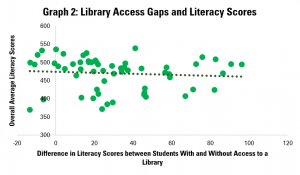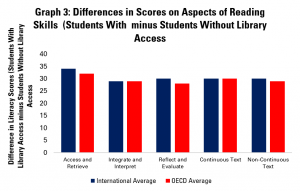Today marks World Habitat Day, created in 1985 in order to draw attention to the importance of safe and adequate housing, located in a place that enables residents to access public green and open spaces, employment opportunities, health-care services, schools, childcare centres and other social facilities.
This is a key issue. Those who do not have access to safe housing too often struggle to obtain formal work or much needed social benefits, and find it difficult to enjoy other rights, such as to health (a point made painfully clear during the COVID-19 pandemic).
Critically, it is also too often a hidden problem, with those experiencing homelessness or inadequate housing confined to parts of cities and towns which are rarely visited by others, or actively trying to hide their status out of embarrassment.
We are a long way from solving this problem too, not only in countries which still have high levels of informal housing, but even in richer ones where high housing prices and difficult rules around accessing benefits may risk excluding many.
As institutions strongly embedded in communities, and with a mission to respond to their needs, libraries both experience, and are active in looking to respond to this situation.
In order to mark World Habitat Day 2020, we highlight three ways in which they are helping:
A Refuge from the Street: clearly any long-term solution to poor quality or insufficient housing is investment in building or renovation. This is outside of the mandate of libraries.
However, as IFLA’s Guidelines on Library Services to Persons Experiencing Homelessness underline, a home is not just somewhere to go at night, but also to go during the day. Indeed, it may be possible to be less conspicuous in a library than on the street, providing a moment of privacy.
Realising this potential is not necessarily a given, and libraries themselves are likely to need to make an effort in order to ensure that they provide the space and support users experiencing homelessness (including temporary or unstable housing) may need.
Rules, practices and behaviours (and even design) can risk inadvertently leaving users feeling unwelcomed, in particular when users experiencing homeless also have other characteristics that leave them at risk of marginalisation. The Guidelines provide excellent tools for addressing this.
A Stepping-Stone to Support: libraries in many countries have a well-established role not just as a provider of information and services, but also as a portal to those offered by others. Indeed, people may feel less stigma coming to a library to apply for social payments or join support schemes than walking through the door of a benefits office or job centre.
Many libraries are already providing access to such possibilities even without making a special effort. Yet there are also examples of more intense collaborations, where libraries partner with other organisations addressing homelessness to realise this potential most effectively, or alternatively hire social workers or invite representatives of other organisations to come into the library.
Clearly, library services can also be specifically focused on communities experiencing insecure housing, with the public library in Kibera, one of the biggest informal settlements in Africa playing a key role in supporting education, while libraries in shelters in Indonesia and Malaysia to provide skills support and training.
From a District to a Community – Libraries as Hub: as set out at the beginning of this blog, quality housing is not just about the rooves, walls, plumbing and cables, but also access to local services. As set out in the Declaration of this year’s World Urban Forum, libraries are one of the core cultural services to which communities should have access.
This sense of library as part of the social infrastructure of any community (an idea most recently associated with the work of Eric Klinenberg), or as a third place or community living room is a well-established one. As set out in a recent World Bank report, libraries can indeed be at the heart of inclusive regeneration policies.
Many of the examples given here of course date from before the COVID-19 pandemic. The obligation to stop in-person services has certainly seriously restricted possibilities to support. Nonetheless, there are strong examples of libraries helping by distributing computer equipment to shelters, providing sanitisers or hygiene facilities, or supporting food banks, alongside more general efforts to leave the WiFi to help people get online.
While it remains unclear when a full return to physical service provision will be possible, it is likely that the crisis we are currently facing will leave many more people facing challenges associated with poor or insecure housing. Libraries can be part of the response.


